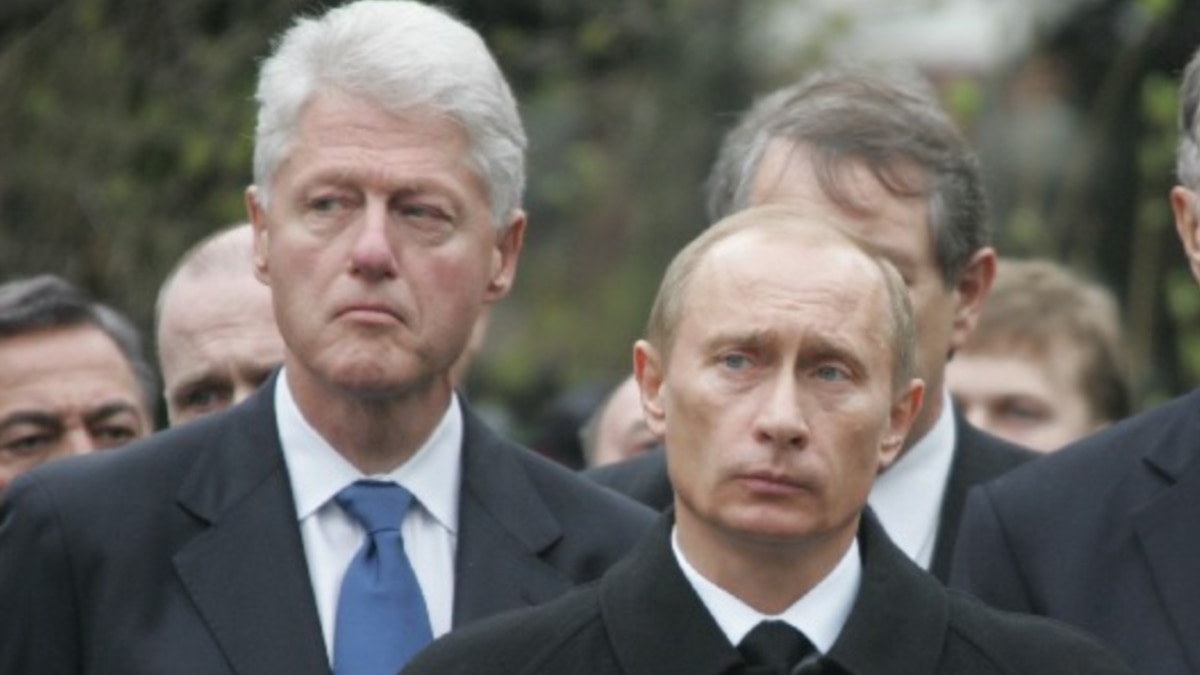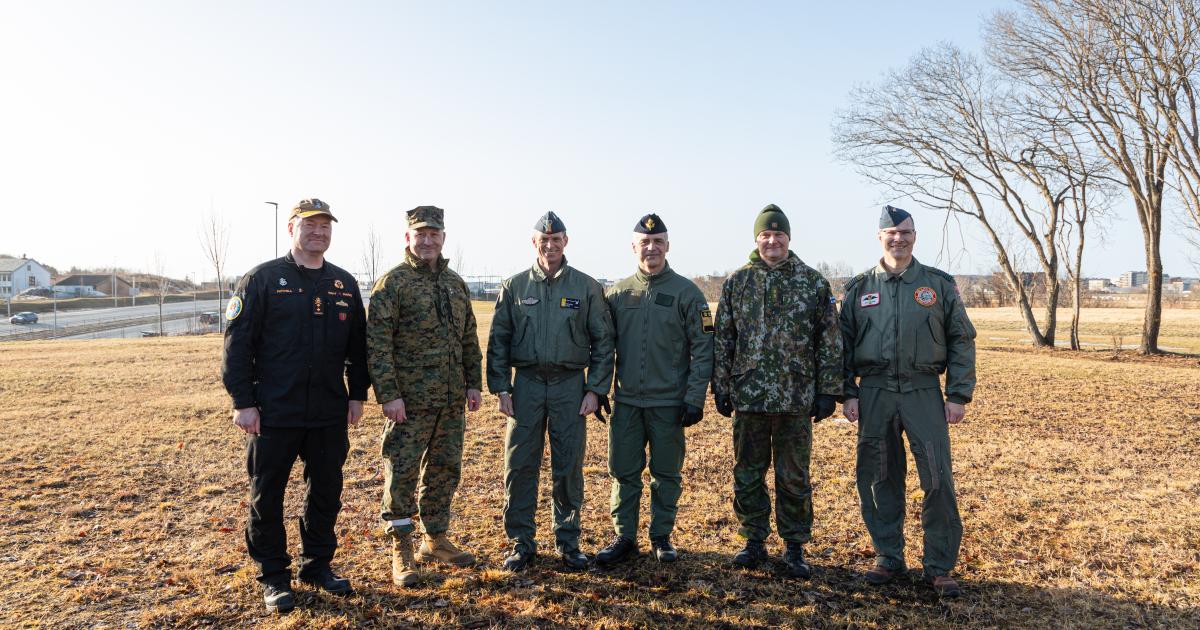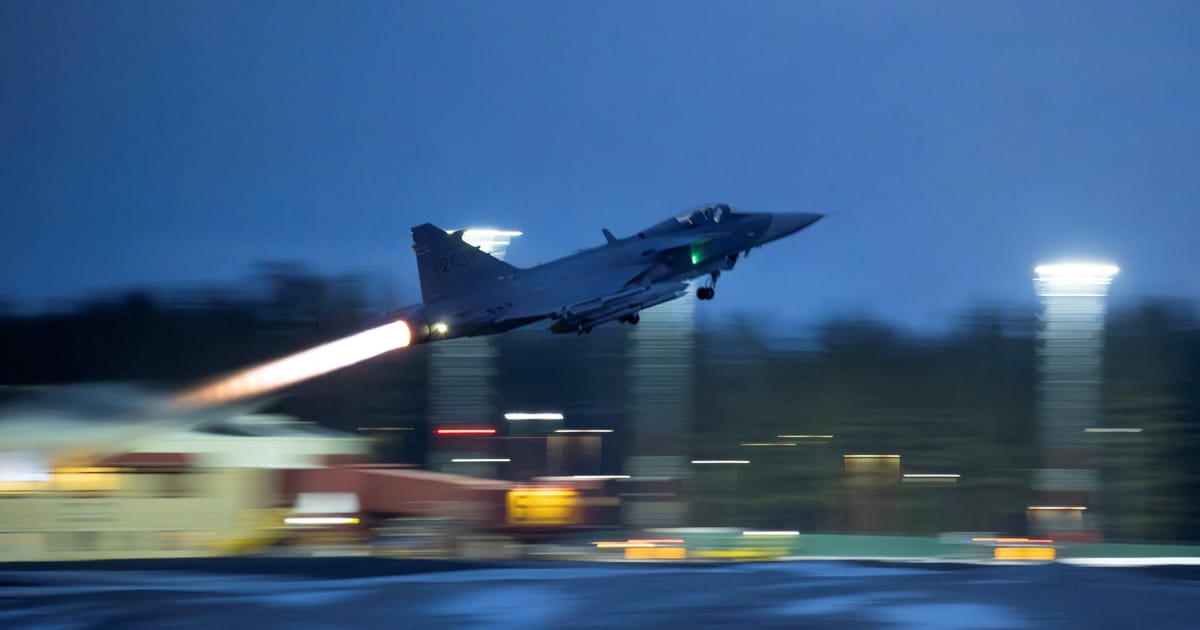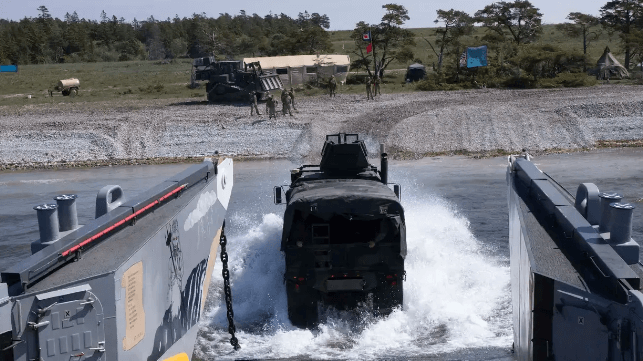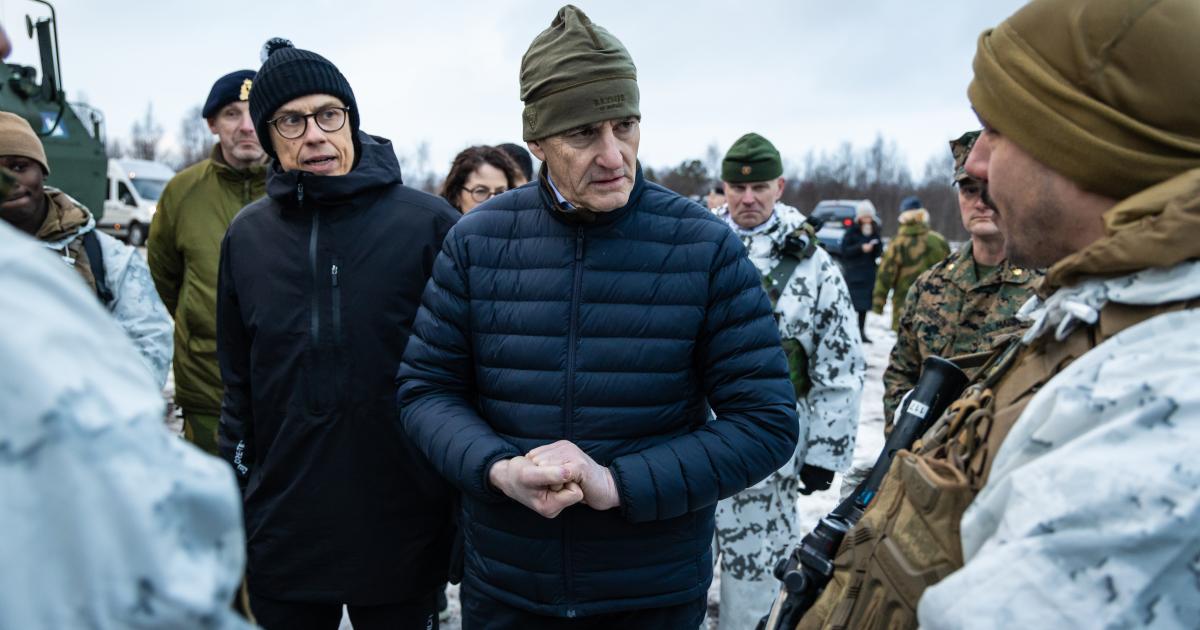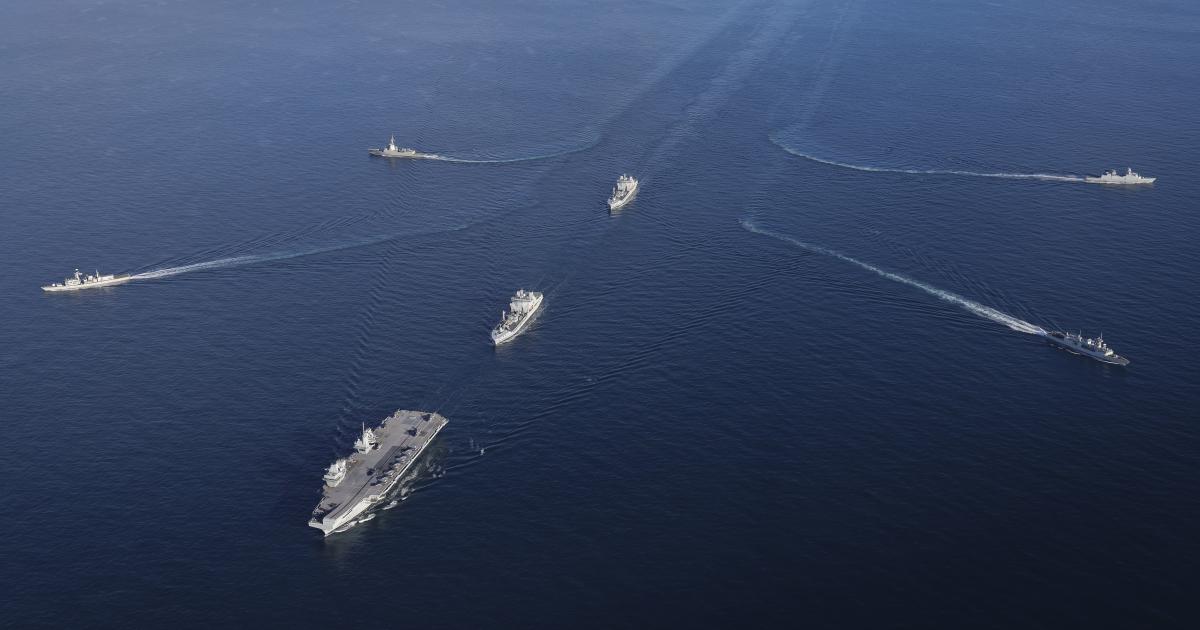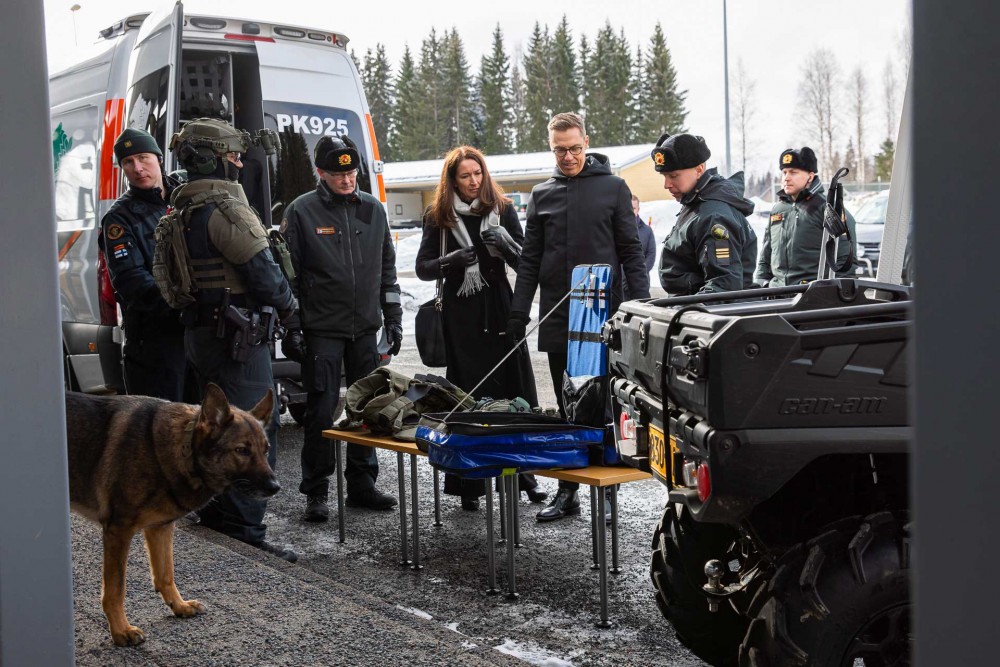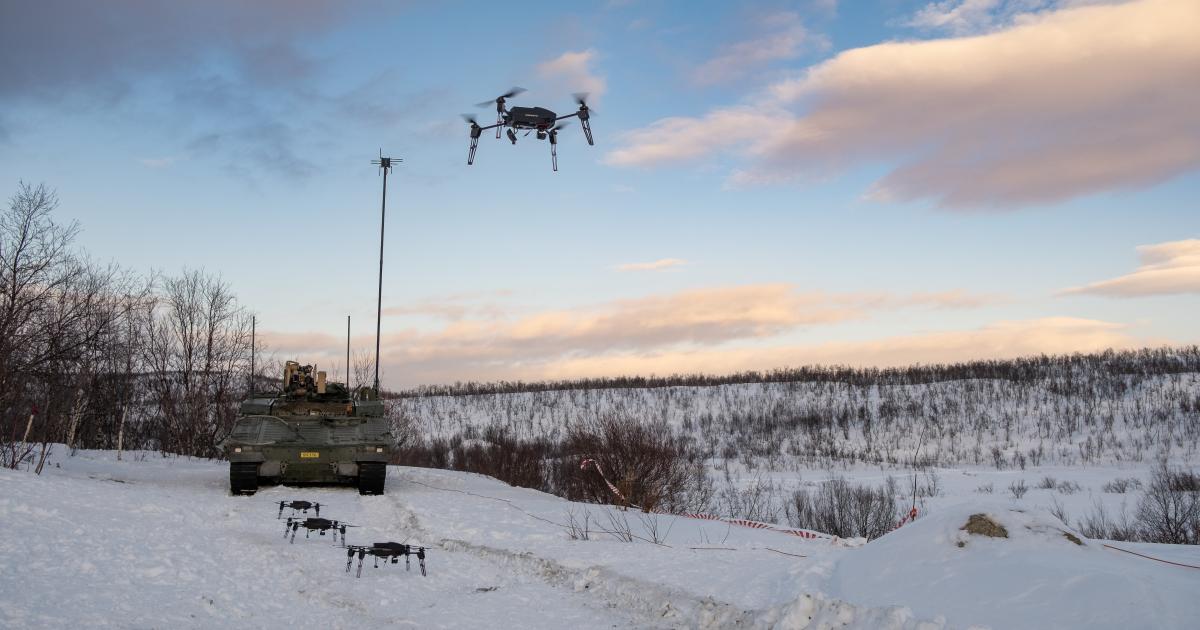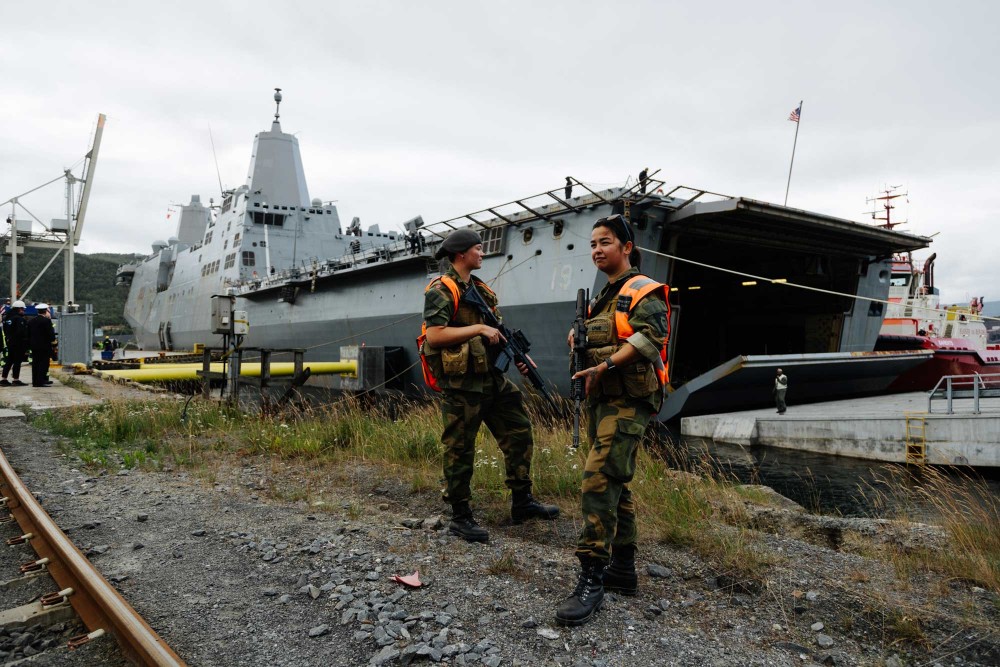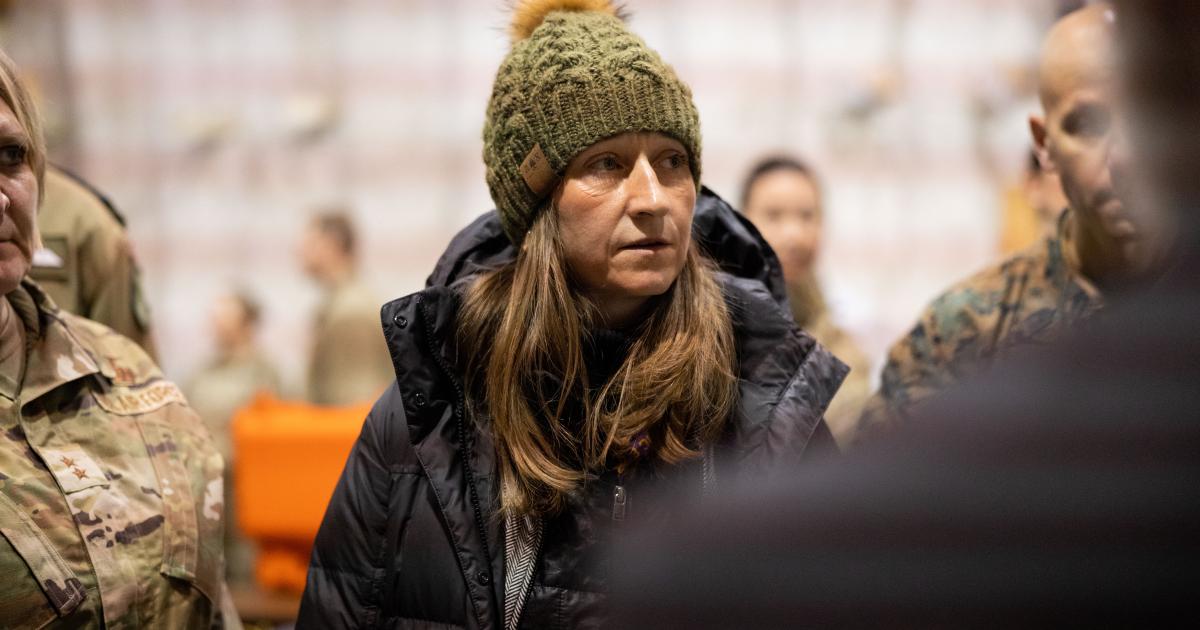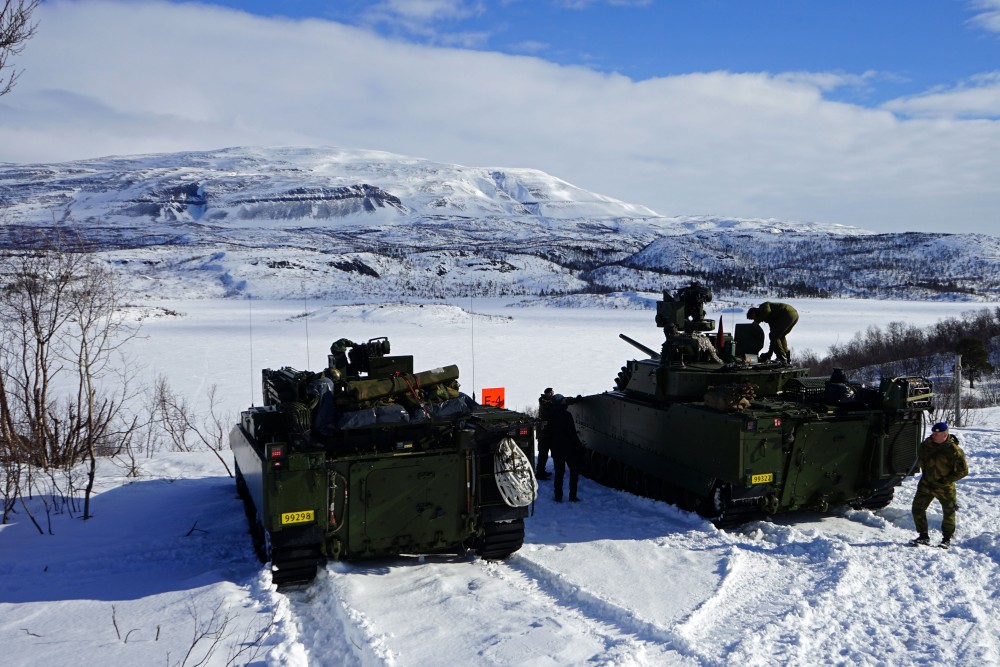What Sweden brings to NATO
The traditionally neutral country has built a formidable military-industrial complex — something that will bolster the alliance as it faces Russian President Vladimir Putin.
Sweden is joining NATO, and it's not coming empty-handed.
Sweden's membership is a huge geopolitical boost for NATO. Alliance members now encircle the Baltic Sea (with the exception of the narrow entry to St. Petersburg on the Gulf of Finland and the Russian exclave of Kaliningrad). As well as making life difficult for Russia's Baltic Sea Fleet, it also gives the alliance the ability to monitor
critical pipelines and cables beneath the surface.
Sweden is also a pocket military power. Despite a population of only 10 million, and last year spending only 1.54 percent of its GDP on defense, the country's centuries of neutrality have forced it to develop a world-class military-industrial complex.
It makes everything from Saab JAS 39 Gripen single-engine supersonic fighters to Carl Gustav recoilless rifles, AT4 shoulder-fired anti-tank weapons, Gotland-class submarines, and RBS15 anti-ship missiles. It also cooperates with other military producers, with one example being the Stridsvagn 122, the Swedish version of the German Leopard 2 tank.
Sweden first applied for NATO membership in
May 2022, along with Finland, just three months after Russia's full-scale invasion of Ukraine. While Finland
successfully joined the alliance in just under a year, Sweden's road to membership was elongated and faced significant opposition from
Turkey and Hungary.
More:
The traditionally neutral country has built a formidable military-industrial complex — something that will bolster the alliance as it faces Russian President Vladimir Putin.

www.politico.eu

